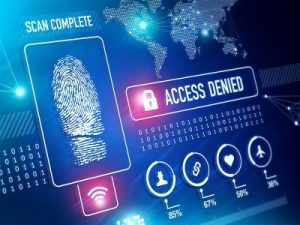
Younger workers are not replacing the aging and rapidly retiring federal government workforce at an equal rate. Additionally, the work of government has changed, requiring specialized skills in cybersecurity and Artificial Intelligence (AI) not just in technology jobs but in careers across all departments. There are simply not enough candidates to fill these positions (40,000 in cybersecurity alone) utilizing standard hiring practices. Given this reality, hiring officials are getting innovative in how they fill technical roles.
Utilizing Existing Programs
The Biden administration has worked to modernize internships, apprenticeships, and fellowships to attract younger, less experienced workers to build their resumes within government. The pay for participants in these programs has been raised considerably, making them more attractive and practical to a wider base of people. An apprenticeship sprint for cybersecurity resulted in 7,000 apprentices being hired. These programs are also being used to fast-track development efforts, giving participants real assignments to develop solutions that can be put into use in government today. Continue reading







